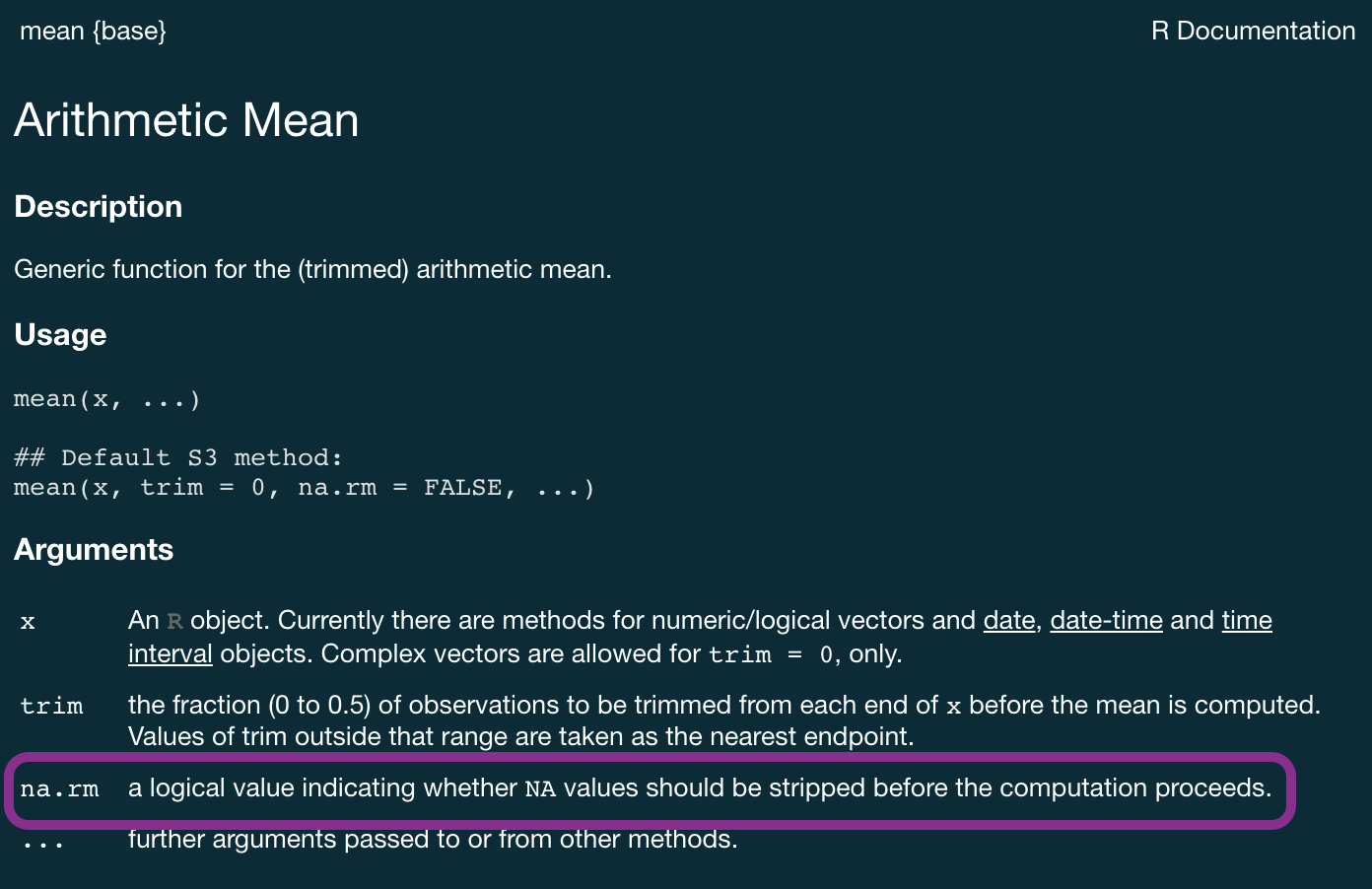Data types
Environmental Data Analysis and Visualization
Why should you care about data types?
Example: Cat lovers
A survey asked respondents their name and number of cats. The instructions said to enter the number of cats as a numerical value.
# A tibble: 60 × 3
name number_of_cats handedness
<chr> <chr> <chr>
1 Bernice Warren 0 left
2 Woodrow Stone 0 left
3 Willie Bass 1 left
4 Tyrone Estrada 3 left
5 Alex Daniels 3 left
6 Jane Bates 2 left
7 Latoya Simpson 1 left
8 Darin Woods 1 left
9 Agnes Cobb 0 left
10 Tabitha Grant 0 left
# ℹ 50 more rowsOh why won’t you work?!
Oh why won’t you work?!

Take a breath and look at your data
What is the “type” of the number_of_cats variable?
Let’s take another look
Sometimes you might need to babysit your respondents
You always need to respect data types
Now that we know what we’re doing, assign output to object
Moral of the story
If your data does not behave how you expect it to, type coercion when reading in the data might be the reason.
Go in and investigate your data, apply the fix, save your data, live happily ever after.
Data types
Data types in R
- logical
- double
- integer
- character
- there are more, but we won’t be focusing on those
Logical & character
logical - boolean values TRUE and FALSE
character - character strings
Double & integer
double - floating point numerical values (default numerical type)
integer - integer numerical values (indicated with an L)
Concatenation
Vectors can be constructed using the c() function.
Converting between types - numeric to character
Converting between types - logical to double
Be aware of what happens when you combine different data types in the same vector
R will happily convert between various types without complaint when different types of data are concatenated in a vector, and that’s not always a great thing!
Explicit vs. implicit coercion
Let’s give formal names to what we’ve seen so far:
Explicit coercion is when you call a function like
as.logical(),as.numeric(),as.integer(),as.double(), oras.character()Implicit coercion happens when you use a vector in a specific context that expects a certain type of vector (like combining multiple data types in one)
Example
Suppose we want to know the type of c(1, "a").
First, I’d look at:
and make a guess about what type R thinks the vector is based on the type of each element of the vector.
Example
Suppose we want to know the type of c(1, "a").
First, I’d look at:
and make a guess based on these. Then finally I’d check:
Special values
Special values
NA: Not availableNaN: Not a numberInf: Positive infinity-Inf: Negative infinity
Why might we end up with NaN or Inf?
NAs are special ❄️s
NAs are special ❄️s
Some functions will not execute if the data contains NAs. Usually, they include an optional argument to specify whether to remove NAs. Otherwise you can use the drop_na() function to remove them yourself.
AE-07
AE 07 - Data types and classes> opentype-coercion.qmd.What is the type of the given vectors? First, guess. Then, try it out in R. If your guess was correct, great! If not, discuss why they have that type.